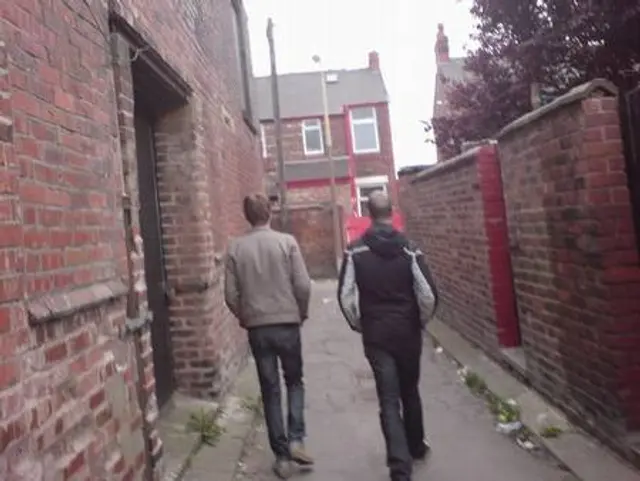
Northern Rock
Axes, hammers and footballers’ wives in Manchester.
Redaktionen2008-08-12 17:30:00

Axes, hammers and footballers’ wives in Manchester.
2023-11-23 14:17:00 - John Talbot
2023-10-30 10:39:00 - John Talbot
2023-10-24 12:48:00 - John Talbot